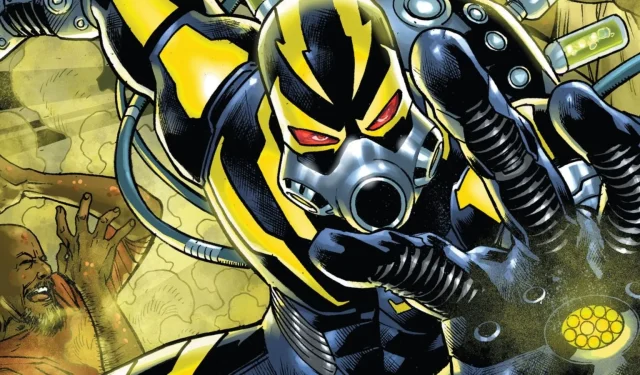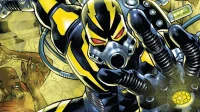In the expansive Marvel Universe, numerous symbiotes captivate audiences, but many fans argue that Venom stands out as the most memorable. Yet, the less discussed offspring of Venom, known as Sleeper, might just deserve a closer look for its compelling attributes. While Venom is undeniably iconic, Sleeper’s unique powers and potential make a strong case for why it should take center stage in the Marvel spotlight.
When discussing symbiotes, Venom is usually the first name that comes to mind. As the original symbiote, it has paved the way for a variety of others, including the notorious Carnage, which is derived from it. Despite having seven known offspring, none have quite captured the audience’s imagination like Carnage. Still, there are some remarkable symbiotes within Marvel Comics, and Sleeper stands out as particularly fascinating.
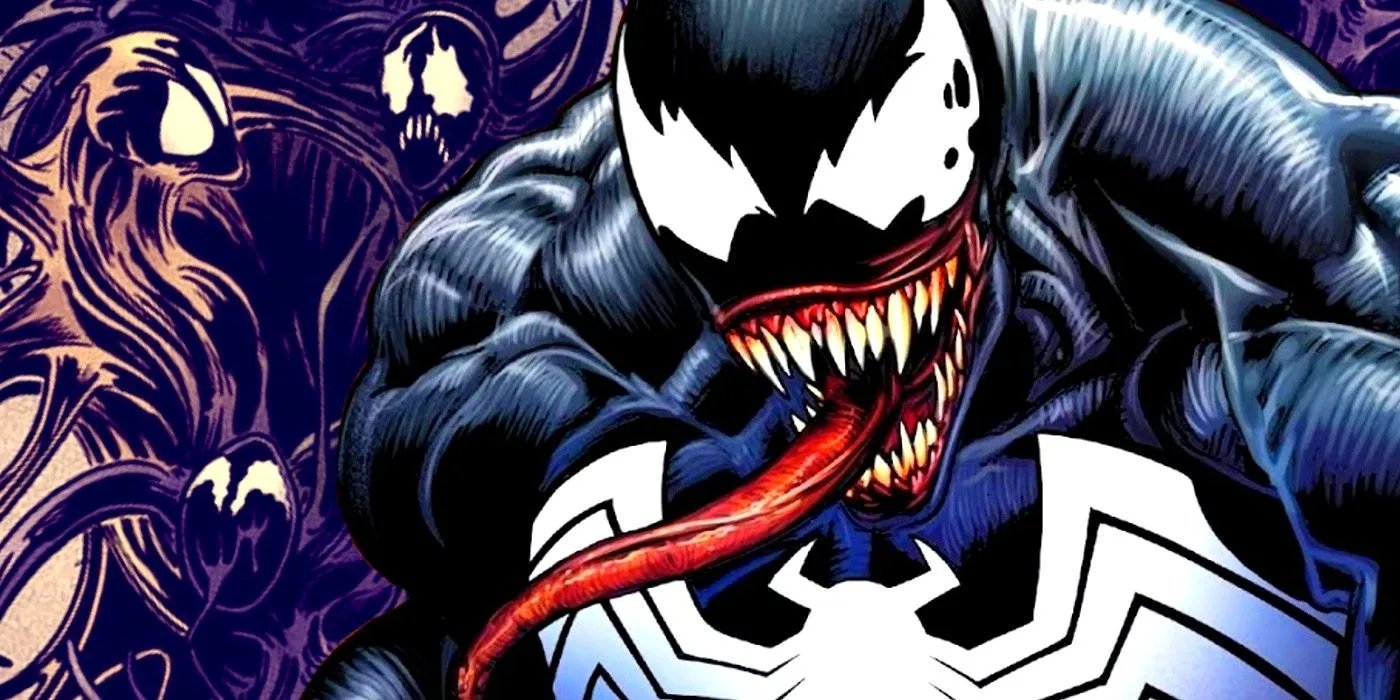
Why Sleeper Has the Potential to Shine
Origin of Sleeper in Venom #165
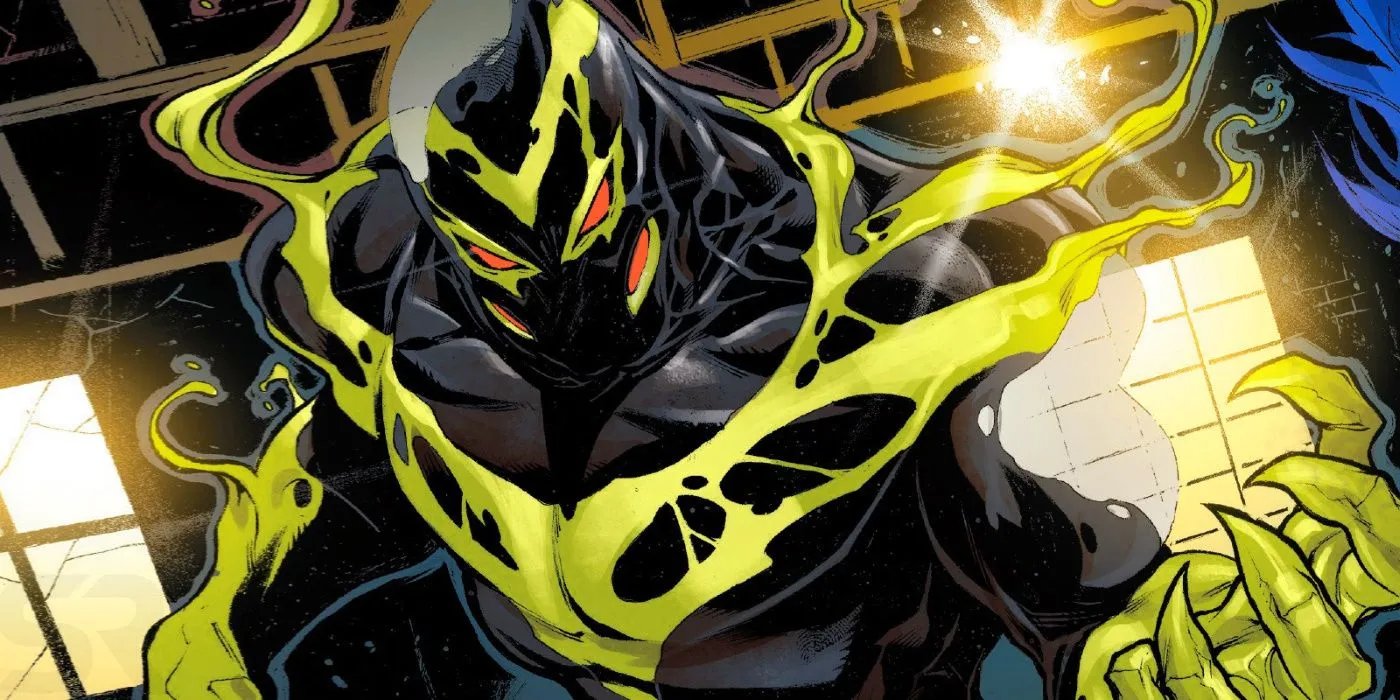
Sleeper made an entrance in the comic Venom #165, created by Mike Costa and Mark Bagley, and was officially named in Venom: First Host #4. New symbiotes typically rely on their host to shape their identities, as seen with Carnage’s transformation through its bond with the notorious Cletus Kasady, a violent serial killer. In a similar vein, Sleeper almost bonded with the villain Mac Gargan but was rescued by Eddie Brock, who intervened to have Sleeper raised under careful conditions at Alchemax. This decision led to the discovery of what makes Sleeper truly exceptional.
Chemokinetic Abilities: Sleeper’s Unique Edge
A Distinct Power Set
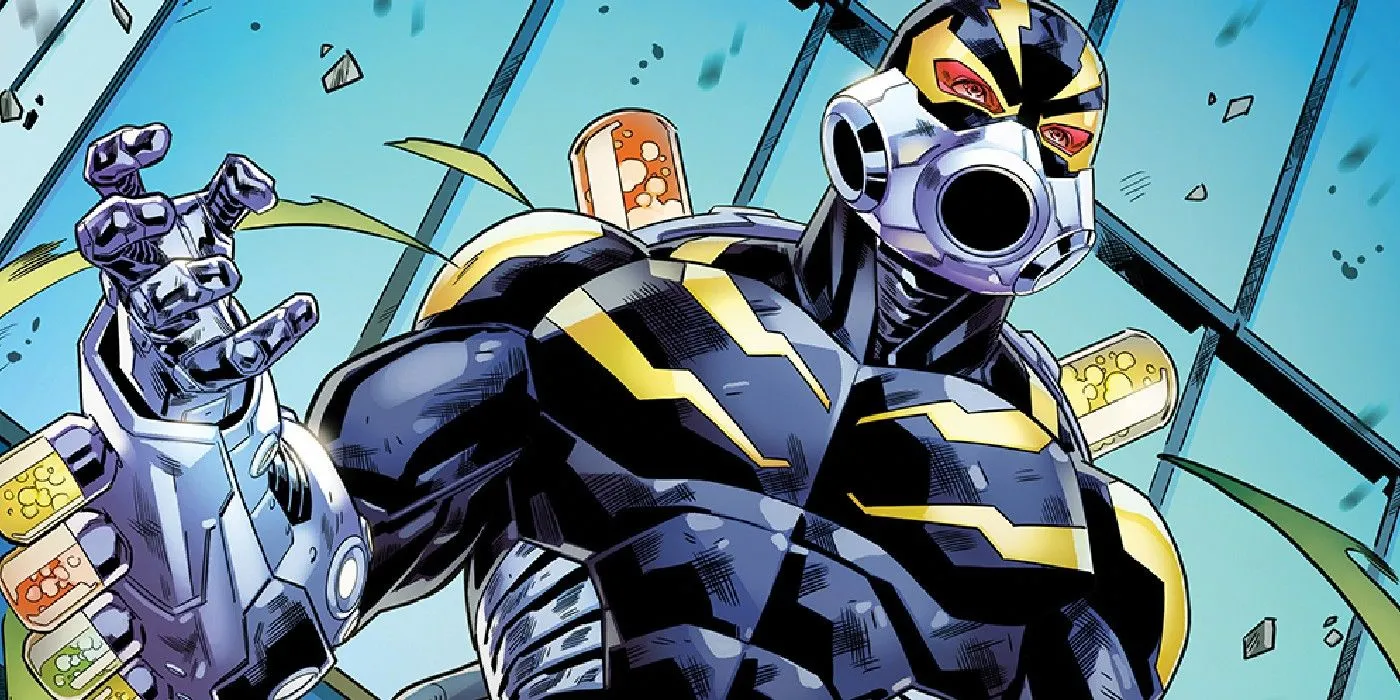
Sleeper’s most striking ability lies in its control over various chemicals, alongside its unique talent for secreting pheromones to gain strategic advantages. Unlike any other symbiote, Sleeper can camouflage itself to such an extent that it becomes invisible both visually and by scent. Additionally, its capability to manipulate pheromones extends to low-level telepathy, enabling it to communicate its thoughts covertly to others.
This diverse range of powers facilitates endless storytelling opportunities for Sleeper. It can even secrete corrosive substances or generate propellant-like chemicals for space travel without needing a vehicle. In stark contrast, while Venom has ventured into space, it has always required a host or a ship for such journeys. Sleeper’s innate ability to navigate through space independently sets it apart significantly.
While Venom established the groundwork on symbiote capabilities—like shapeshifting, camouflage, and redirecting electricity—it lacks the distinctive powers that other symbiotes possess. Carnage, for instance, has absorbed powers from its victims and manipulated them like puppets; attributes that Venom simply doesn’t exhibit.
Sleeper’s Relatives Have Flourished; Where’s Sleeper?
A Case for Sleeper’s Solo Adventures
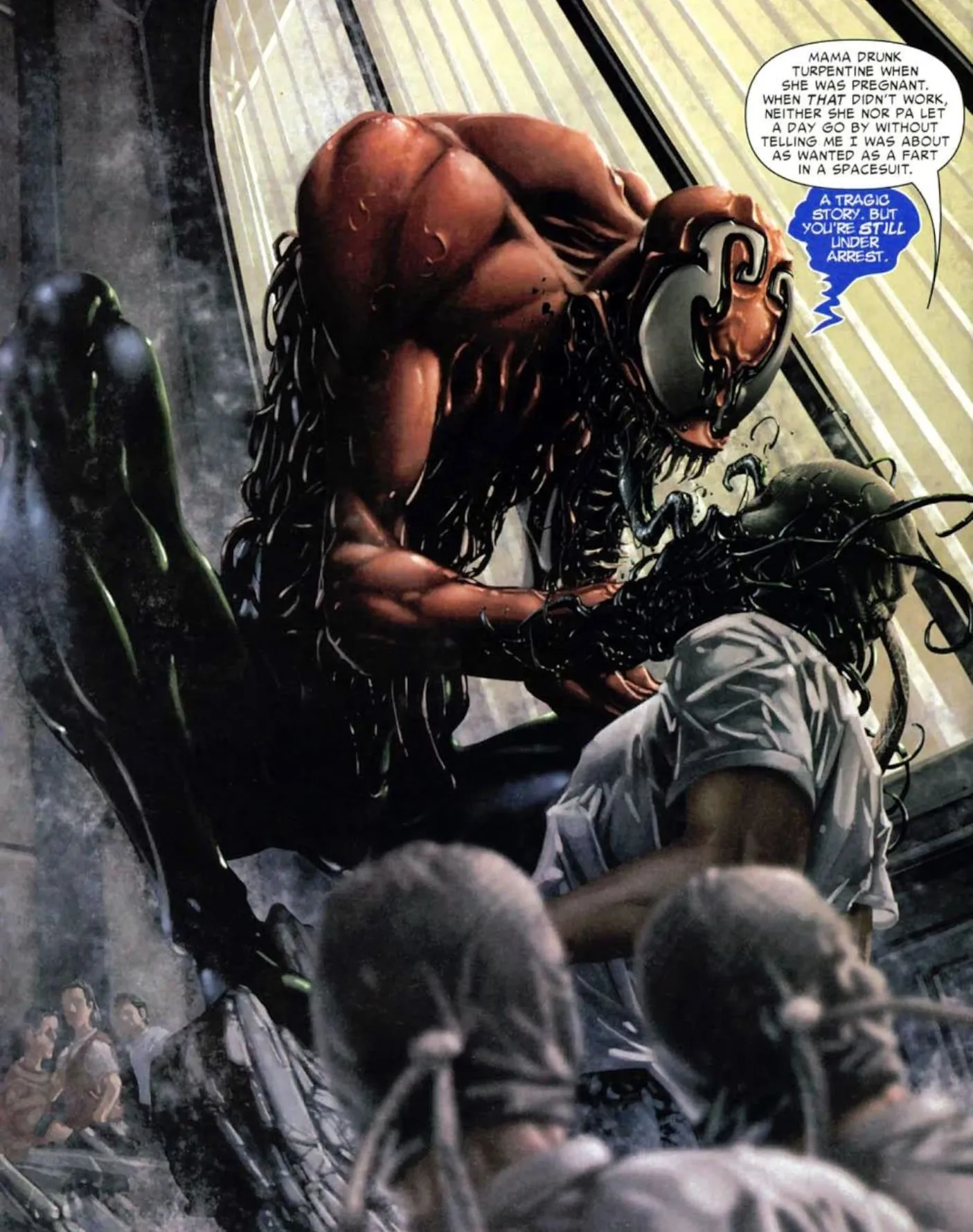
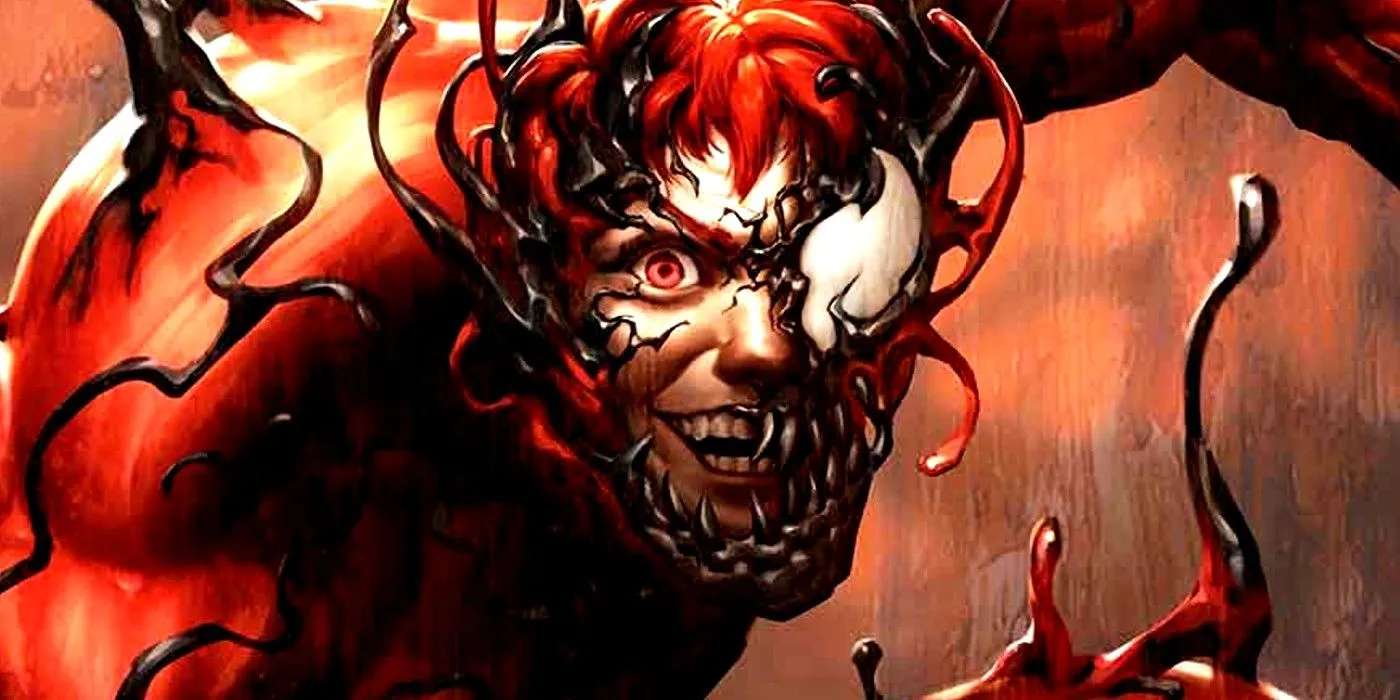
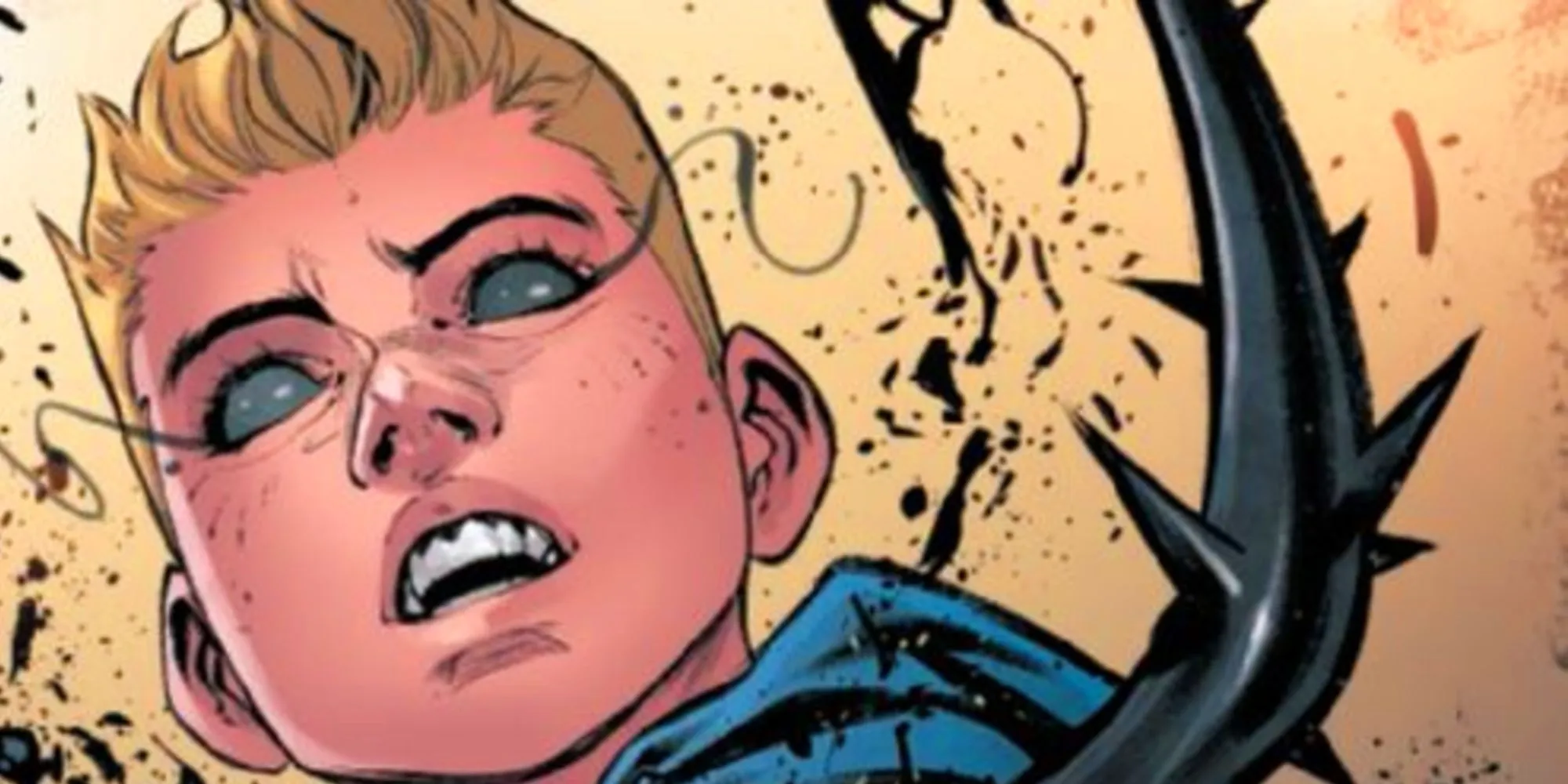
With every new offspring, the Venom symbiote seems to promote a range of abilities distinct from its own, suggesting that Sleeper deserves a dedicated spin-off comic. The character is often portrayed as both arrogant and altruistic, with an earnest desire to aid others. This combination, paired with its extraordinary skills and ability to traverse the cosmos, prompts the question of why Marvel hasn’t yet crafted an epic narrative centered on Sleeper’s adventures.
Notably, most of Sleeper’s relatives have been granted their own standalone stories in the Marvel universe. Characters such as Toxin and Carnage have received numerous comic series. Even Dylan Brock, Sleeper’s brother by technicality, has led his own comic series. This raises eyebrows at Marvel’s choice to keep Sleeper relegated to sidekick status when other symbiotes have enjoyed their own time to shine. Moreover, the recent debut of Sleeper Agent, an adaptation of Sleeper bonded to Rick Jones in All-New Venom #4, illustrates the ongoing potential of this character.
Despite Sleeper’s contributions, it has primarily appeared as a supporting character in the narratives of others, often playing a crucial role when friends like Dylan Brock find themselves in trouble. Whether it was assisting Dylan against Carnage or rescuing him from the Life Foundation, Sleeper consistently emerges as a brave ally, yet never as the leading hero in its own saga.
Sleeper’s Adorable Form: A Surprising Market Appeal
Surprising Cuteness in Shifting Forms
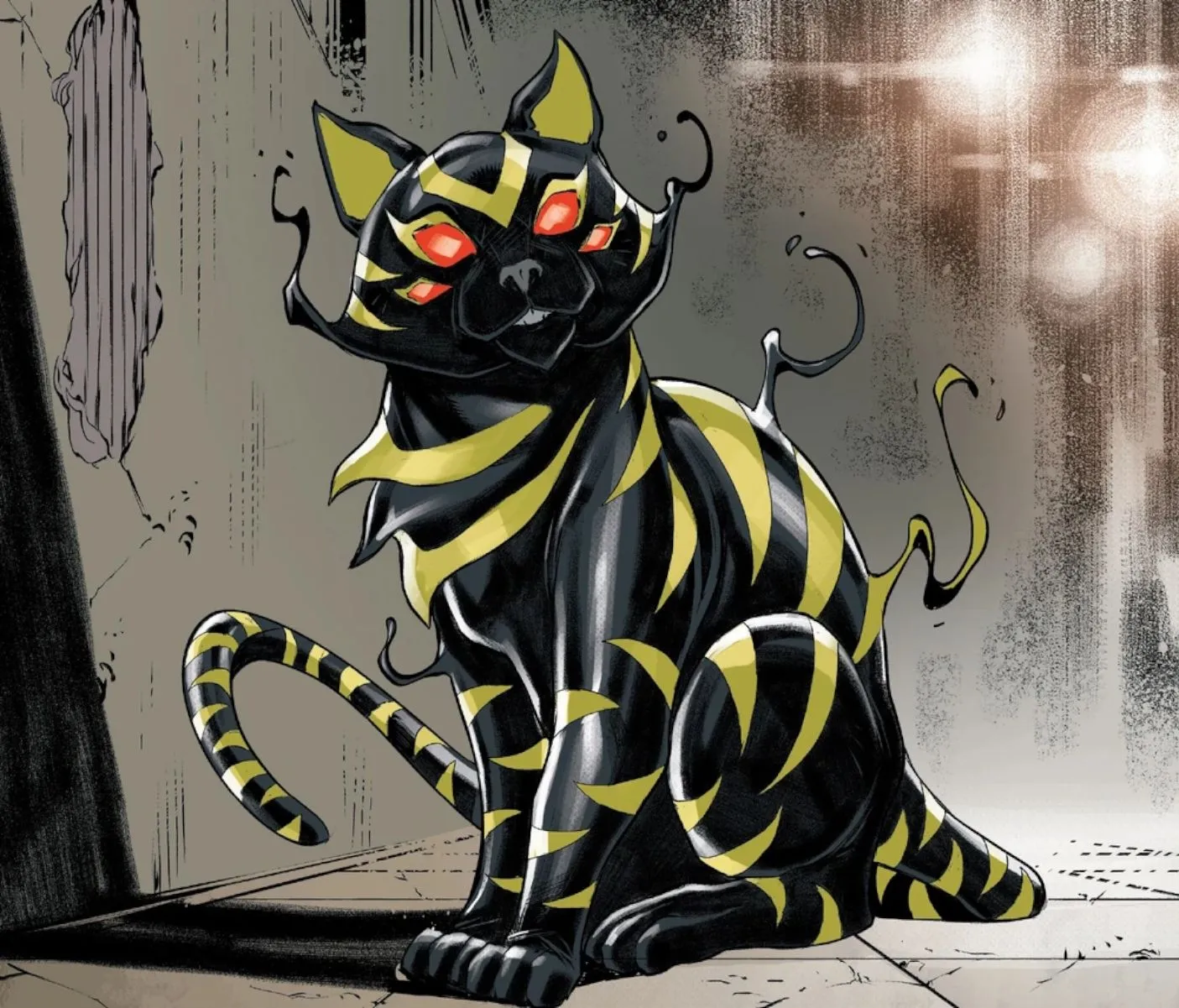
When not bonded to a host, Sleeper adopts the charming form of a multi-eyed black and yellow striped cat. While one may question how effective this disguise is, there’s no denying its cuteness. This little feline form aligns with times when Venom humorously took on a pit bull form to safeguard Dylan Brock. Additionally, Sleeper has showcased a more ferocious wolf form in Venom #19, revealing versatility in style.
Marvel’s landscape is crowded with symbiote characters, making it impractical to assign every one of them their own series. However, given the rich array of abilities and an engaging personality, Sleeper’s case for a standalone comic is compelling. The blend of genuine heroism with an arrogant streak creates endless possibilities for conflict and storytelling. Ultimately, while Venom retains its legendary status, Sleeper warrants greater recognition and exploration within the Marvel Universe.
Venom #165 is currently available from Marvel Comics!
